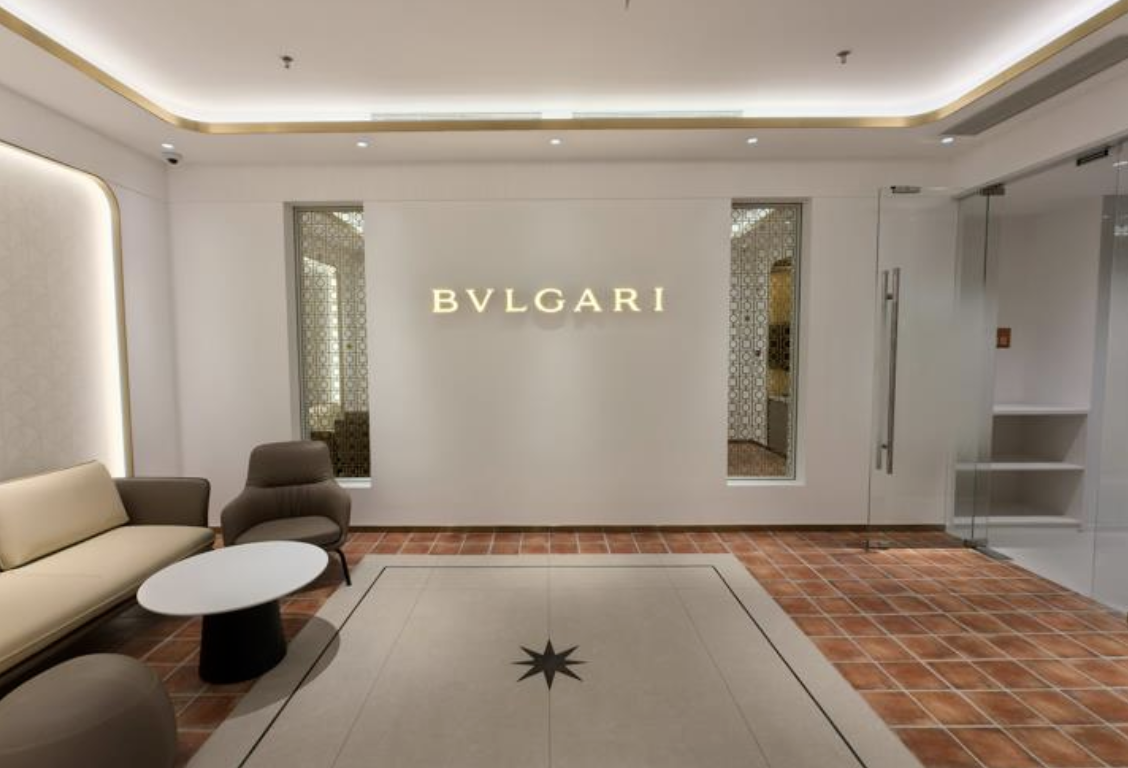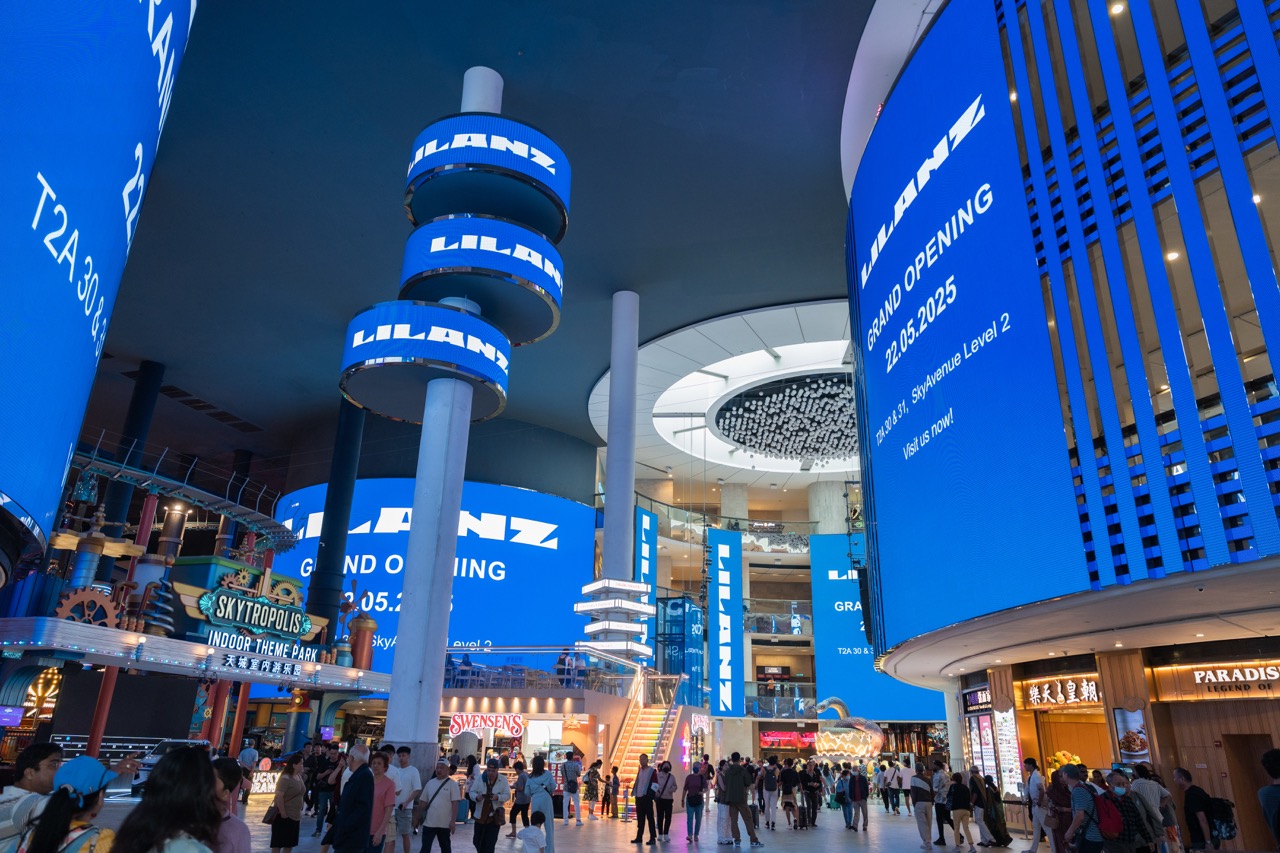Mr. Luca Solca, a senior luxury industry analyst from Bernstein, was invited to discuss with Ms. Alicia Yu Yan, Founder/CEO of LuxeCO and Luxeplace.com on the online forum “Opportunities and Challenges of Localization of International Luxury Brands in China” organized by LuxeCO Intelligence on August 24.
Their conversation contains the following questions:
Should a luxury brand integrate more into the local cultural environment, or stick to its generic image and communication method? What is the balance between the two?
What challenges does a luxury brand typically face a …



